National News
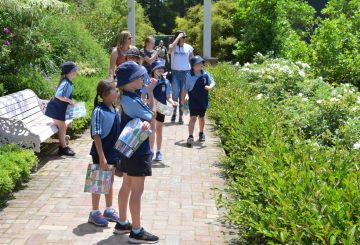
New Zealand And International Secondary Students To Grow Cultural Competence Skills Together
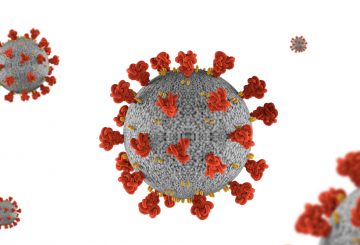
More cases emerge and new locations of interest
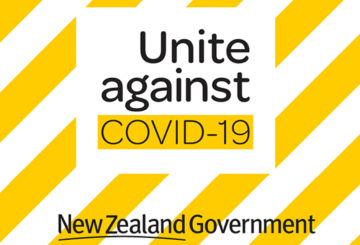
Delta Outbreak set to get Worse – 18 August 1pm
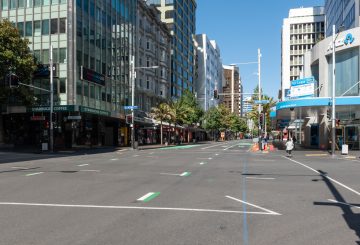
Wage Subsidy Scheme for Businesses

Expats ‘dismayed’ by lack of action on MIQ availability

Seaweed sector ‘constrained by regulation and supply’
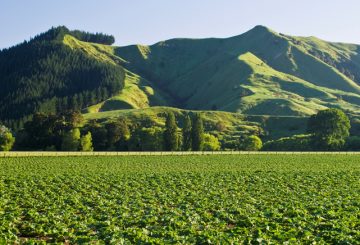
NZ grower’s squash milk creates new export patch

Looking after mental health during the pandemic
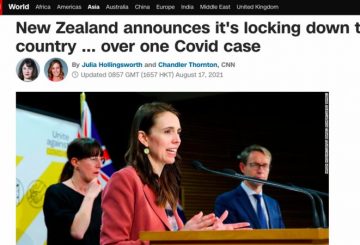
Surprise overseas sees media report on NZ’s lockdown ‘after a single case is reported’

















































